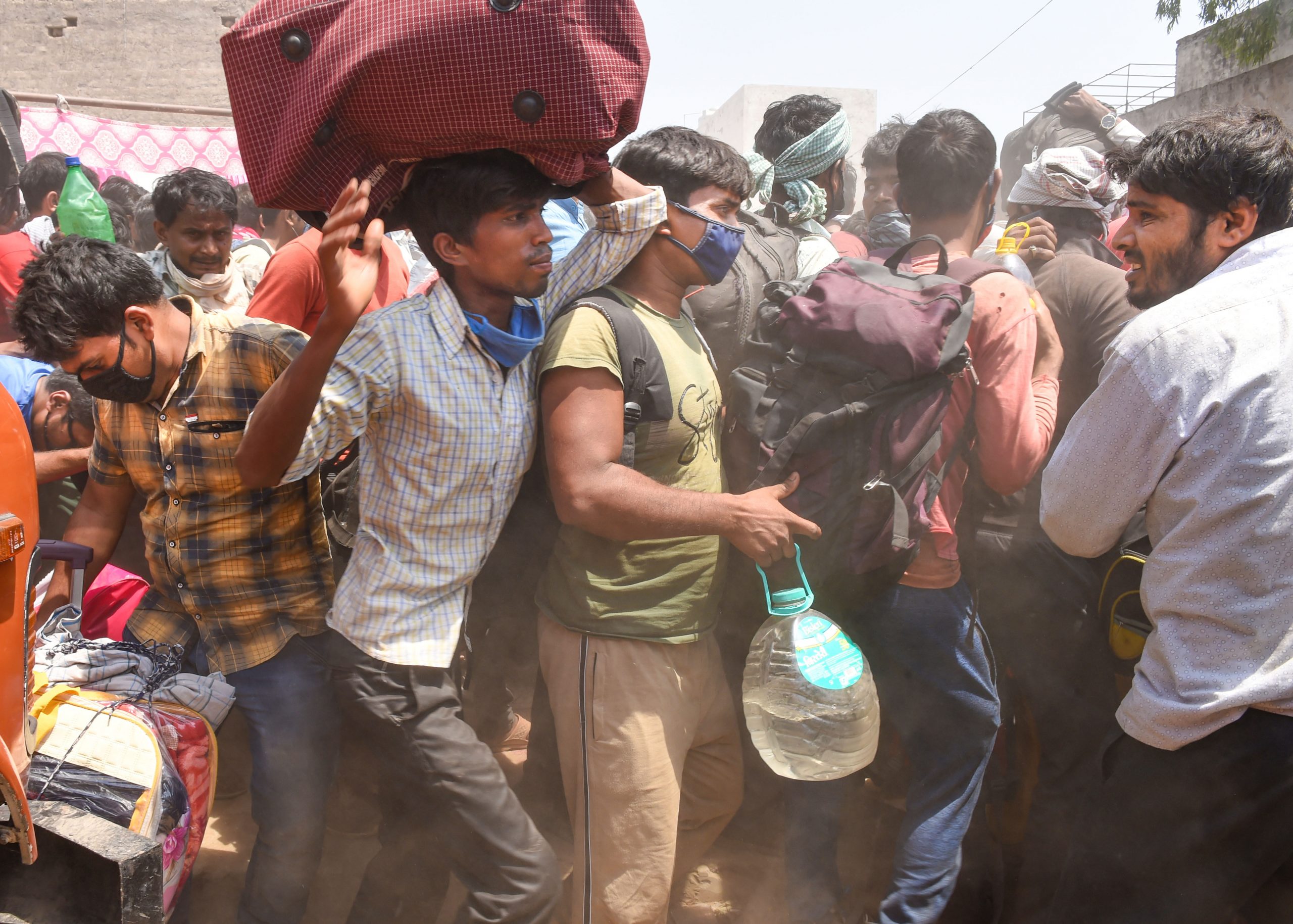The detection of double mutation in coronavirus in India comes amid a spike in COVID-19 cases. The country on Friday reported 59,118 cases, the sharpest daily rise since mid-October. As officials study if the variant, where two mutations come together in the same virus, could be more infectious or less affected by vaccines, here’s a look at what double mutation means and how it can impact India:
* As a survival instinct, all viruses keep changing their genetic design when they pass from one person to another. Most changes are minor but every major change is called mutation. When two mutations come around at the same time, that is called double mutation.
*Some mutations trigger changes in the spike protein that the virus uses to latch on to and enter human cells. These variants could be more infectious and could evade vaccines.
*In India, the double mutant COVID-19 variant was detected in Maharashtra. Around 20% cases reported from there are that of double mutation. This variant carries the E484Q and L452R mutations.
*Scientists are checking if the variant, where two mutations come together in the same virus, may be more infectious or less affected by vaccines.
*If enough mutations happen in a viral family tree or a lineage, the virus can begin to function differently and the lineage can become a so-called ‘variant of concern’, reports bbc.com
*Scientists say that the virus collected in March from the UK had nine spike mutations and there are chances that the Indian variant has more mutations. But we do not know yet.
* All mutations have the potential to make the virus stronger and more likely to infect people or can help the virus escape antibodies.
*This means if the virus mutates in a particular way, it can reinfect a person who has already recovered from the viral disease.
* If the virus can use reinfection to spread, then it would be “penetrating” herd immunity, says Dr Jeremy Kamil, a virologist at Louisiana State University Health Sciences Center, reports bbc.com.
* This puts the most vulnerable people at risk of severe disease, since the virus can move through the herd to reach them, the website adds. This variant is more likely to contribute to an “intense second wave”, Dr Kamil says.







